Search

Peas: How to Grow It
The most common type of pea in American gardens is the shelling pea, also called the “garden pea” or “English pea.” Tender, sweet peas are removed from thin, tough pods before eating.
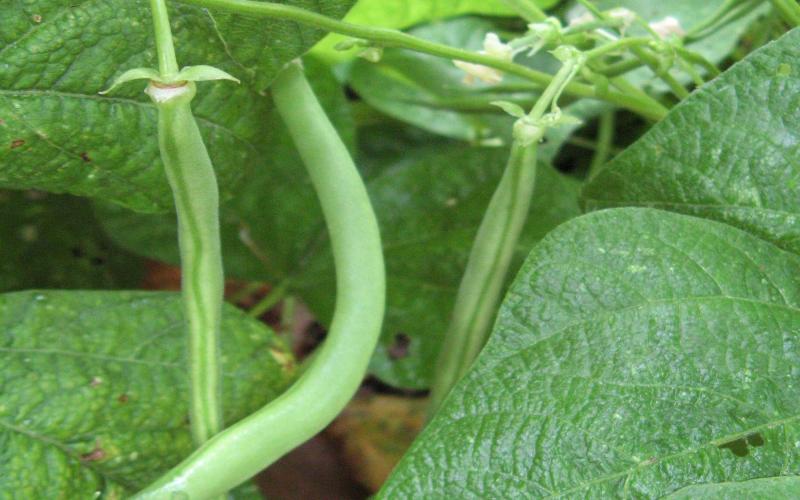
Green Beans: How to Grow It
Snap beans, also called “green beans” or “string beans” (although most modern varieties do not have strings) are harvested when the pods contain immature seeds, and the pods are still succulent.
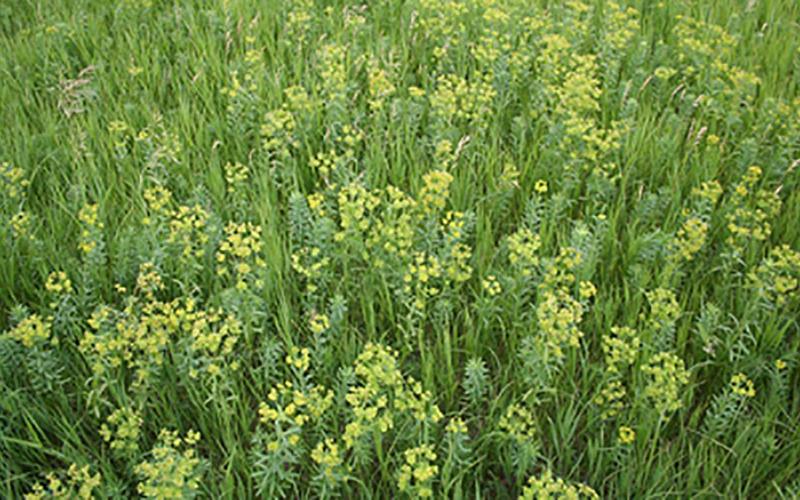
SDSU Extension Provides Leafy Spurge and Noxious Weed Management Recommendations
May 22, 2020
One of the many challenges producers face each year is weed control. Leafy spurge, in particular, can be difficult to manage.
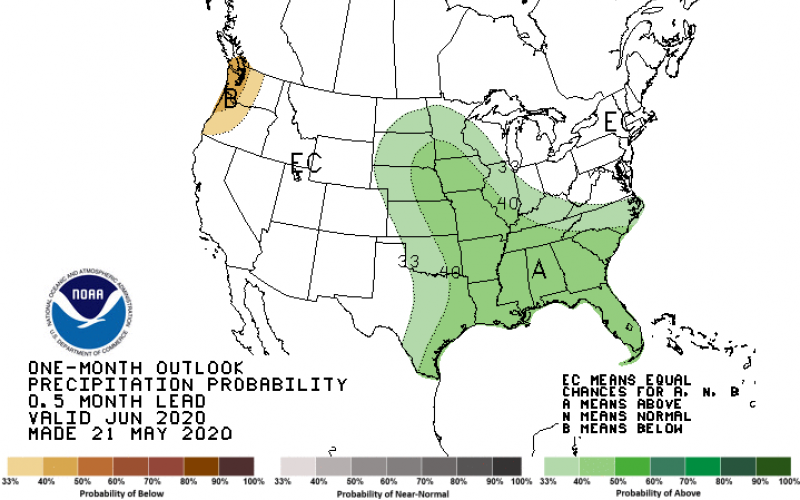
Summer 2020 Climate & Drought Outlook
August 12, 2020
With alternating cool and warm weather patterns throughout the last few months and the summer season ahead, temperature continues to be a challenge for climate forecasters in South Dakota.
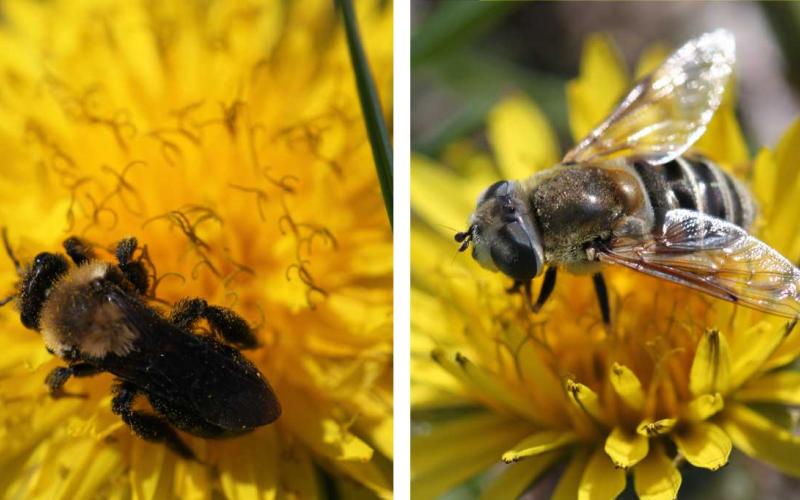
Why Those Dandelions in Your Yard Aren’t So Bad
While research has shown that pollinators, specifically honey bees, can’t survive on dandelion pollen alone, this doesn’t mean that the dandelions aren’t still important for pollinators.
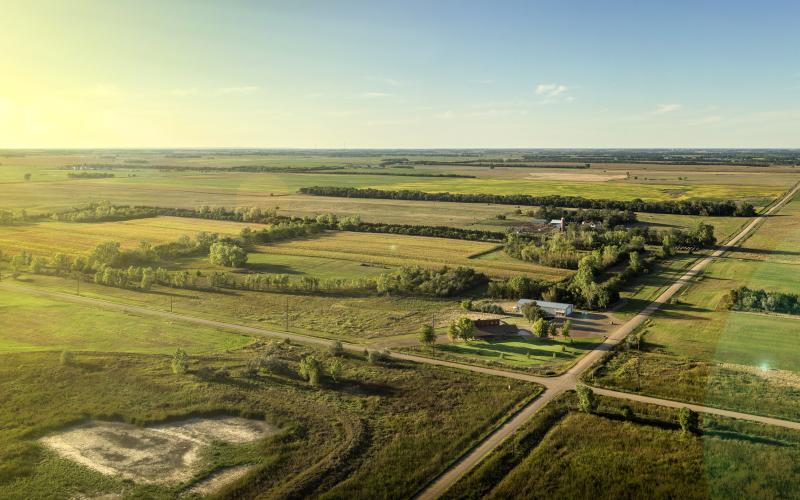
Barley Variety Trial Results
In 2019, Barley trial was planted at one location in South Dakota.
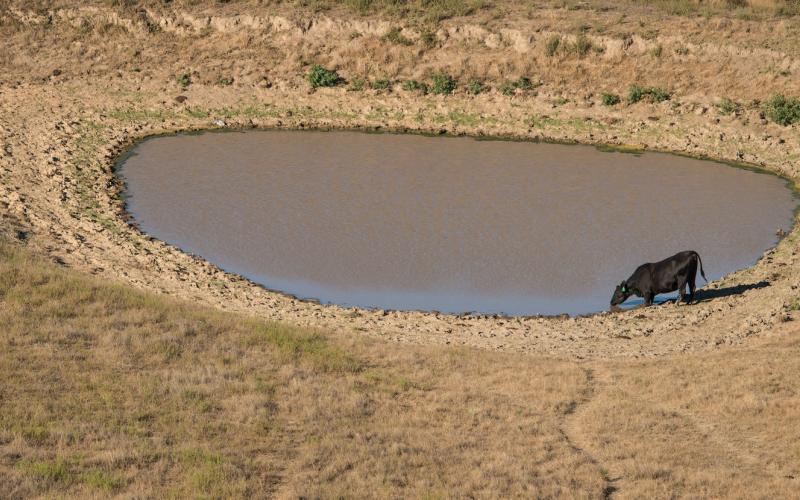
Feed & Water Testing Laboratories
A partial listing of available feed testing laboratories.
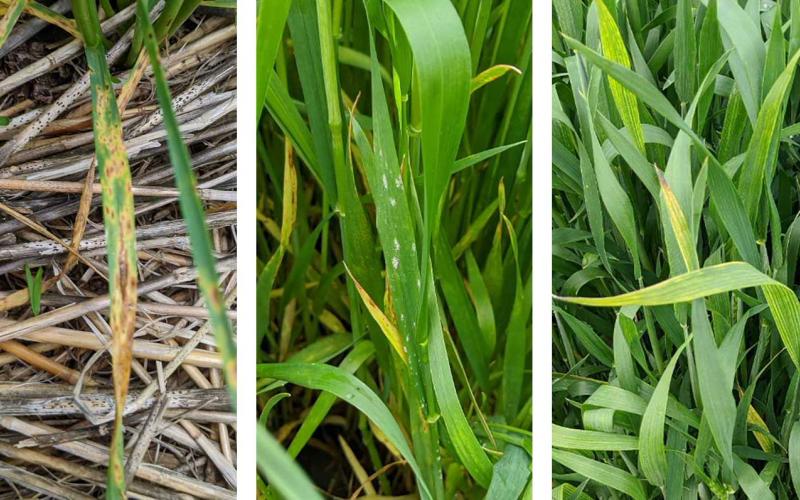
Winter Wheat Diseases Update: Fungal Diseases and Barley Yellow Dwarf Developing
Tan spot and powdery mildew as well as barley yellow dwarf were found developing at low levels in winter wheat fields scouted the week of May 24, 2020.
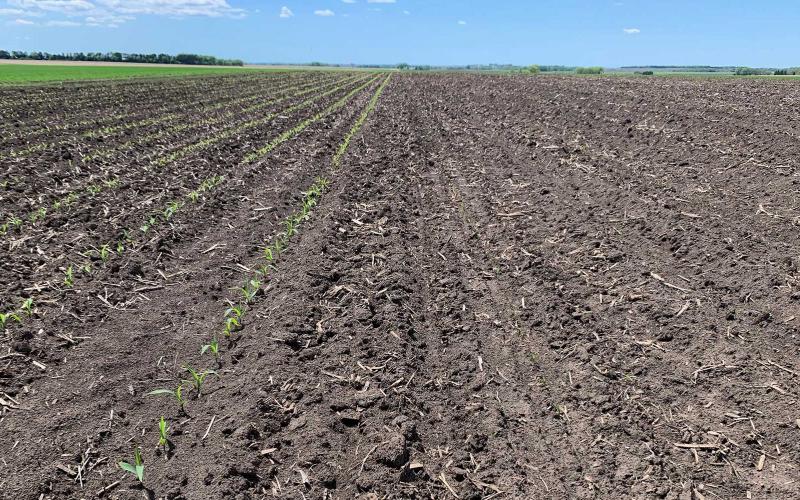
2020 Corn Growing Degree Days Update
Spring planting progress of corn in 2020 has been much ahead of a typical year in South Dakota. Crop development, however, seems slow.
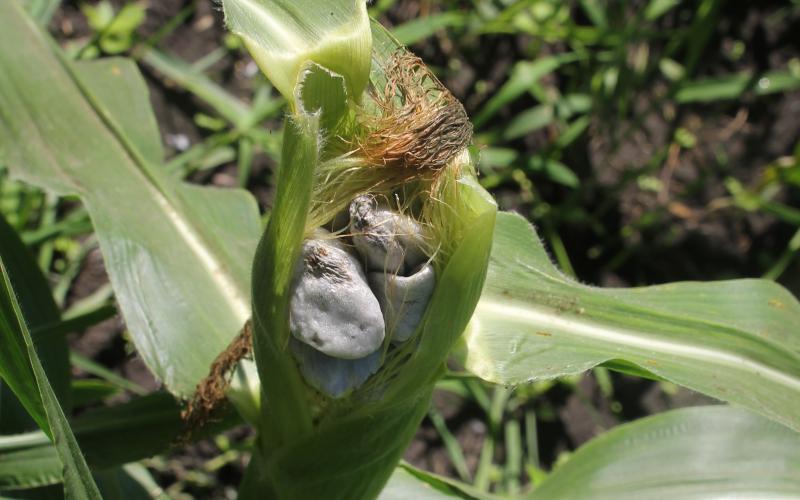
What's Bugging Your Garden? Smut on Sweet Corn
Smut is a fungal disease that can attack the leaves, stalks, tassels, silks and cobs. While many fungal diseases cause spots on the leaves or stems, smut is much more flamboyant.